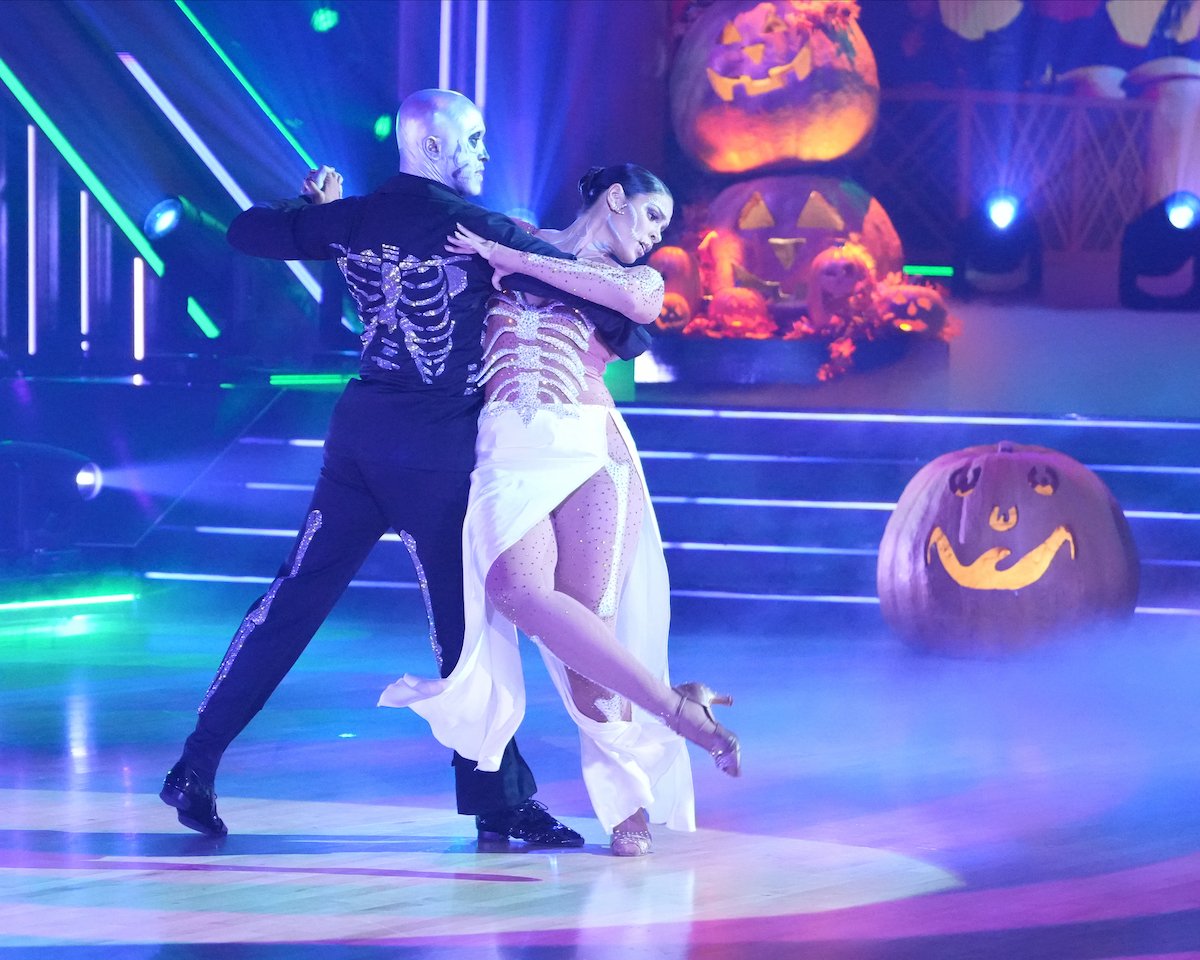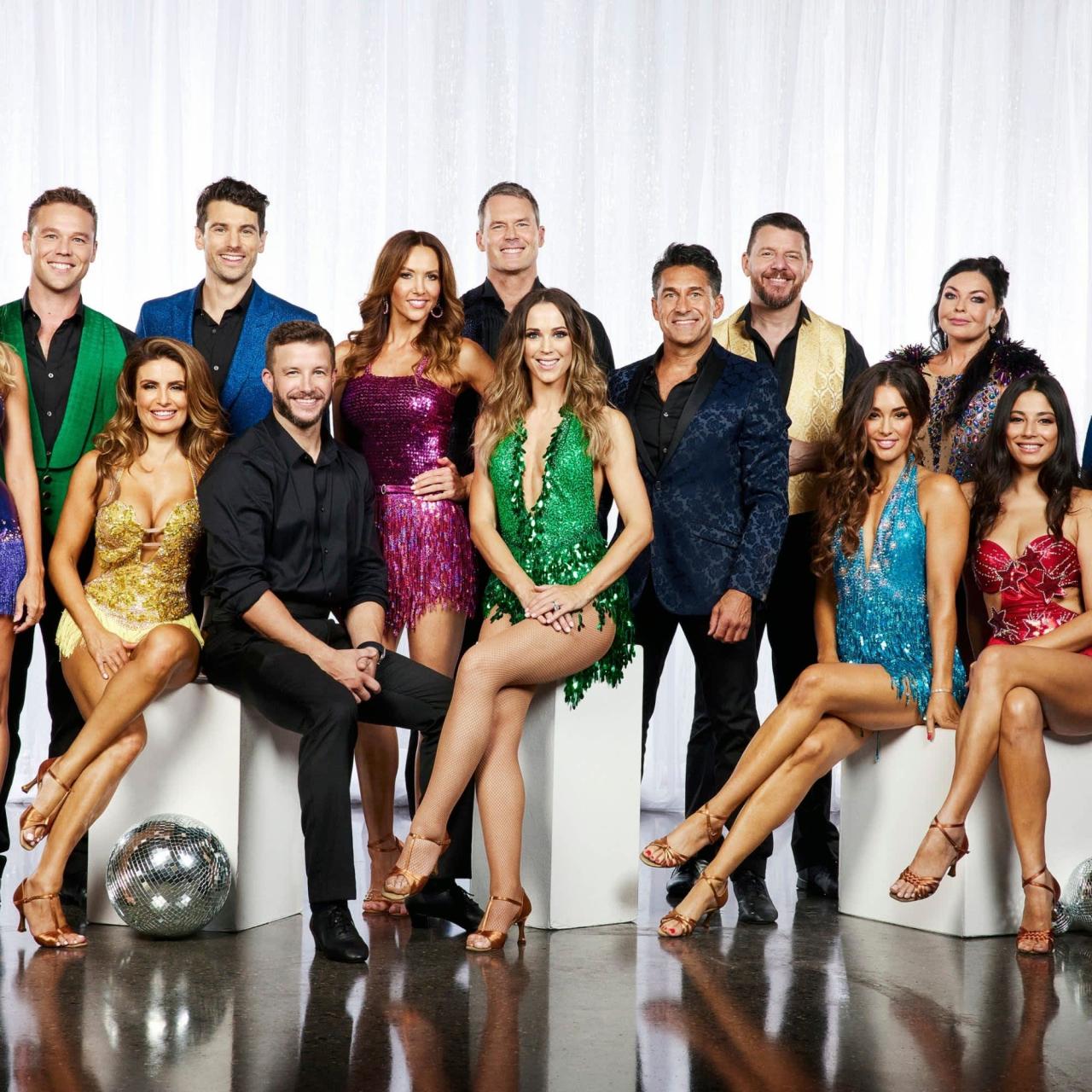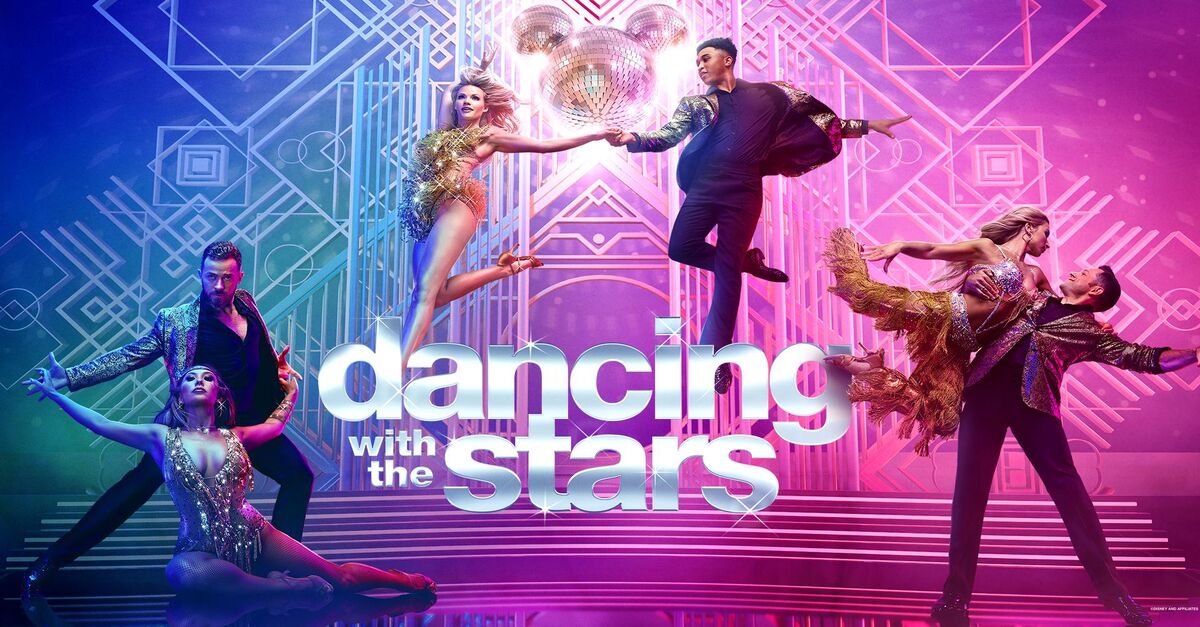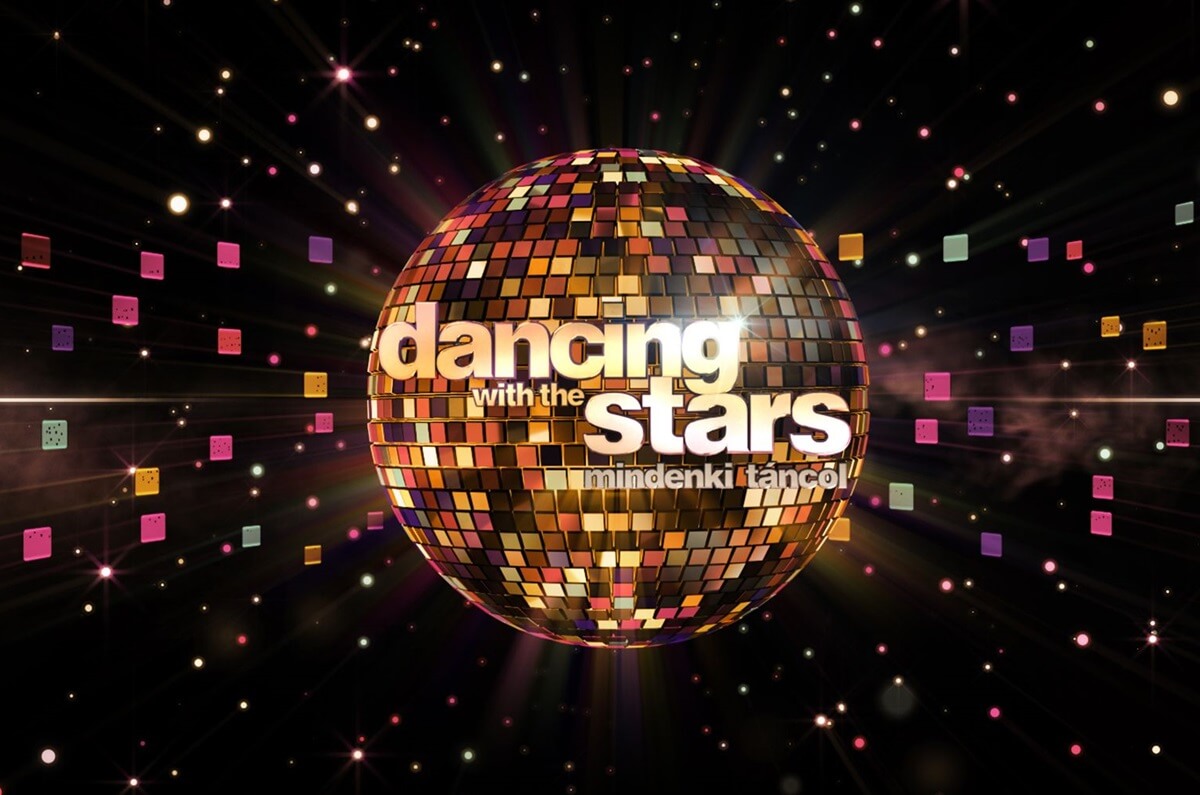Dancing with the Stars has captivated audiences for decades, blending the glamour of celebrities with the artistry of dance. From its humble beginnings to its global reach, this show has evolved into a cultural phenomenon, leaving an indelible mark on the world of entertainment.
Over the years, Dancing with the Stars has showcased a diverse range of celebrities, from actors and singers to athletes and politicians. These stars, paired with professional dancers, embark on a transformative journey, pushing their limits and showcasing their hidden talents. The show’s format, with its weekly challenges and eliminations, creates a thrilling competition that keeps viewers on the edge of their seats.
History and Evolution of ‘Dancing with the Stars’
The renowned dance competition show ‘Dancing with the Stars’ has a rich history and has undergone significant evolution since its inception.
Dancing with the Stars, the popular celebrity dance competition, is set to return for its 32nd season. While the official release date has yet to be announced, fans can expect the show to premiere in September 2023. For those eagerly awaiting the return of their favorite dance competition, you can also check out the latest news on the upcoming bo6 season 1 release date.
In the meantime, stay tuned for updates on Dancing with the Stars season 32.
The show originated in the United Kingdom in 2004 under the title ‘Strictly Come Dancing’. The format featured celebrities paired with professional dancers, competing in various dance styles for audience votes and judges’ scores. The concept quickly gained popularity, leading to adaptations in over 50 countries worldwide.
Inception in the United States
In 2005, ‘Dancing with the Stars’ made its debut in the United States on ABC. The show followed a similar format to its UK counterpart, with a diverse cast of celebrities and professional dancers. The first season was a resounding success, attracting a large audience and establishing the show as a staple of American television.
Evolution of the Format
Over the years, ‘Dancing with the Stars’ has undergone several format changes to maintain its freshness and appeal to viewers.
- Expanded Dance Styles: The show has gradually introduced a wider range of dance styles, including ballroom, Latin, contemporary, and hip-hop, to cater to the diverse talents of the contestants.
- Elimination Process: The elimination process has evolved, with the bottom two couples facing a dance-off and audience votes determining who is eliminated.
- Judging Criteria: The judging criteria have been refined to emphasize technical skill, artistry, and audience appeal.
Celebrity Cast and Impact
One of the key factors contributing to the show’s success has been its diverse and star-studded cast. Celebrities from various fields, including actors, singers, athletes, and politicians, have graced the dance floor, bringing their unique personalities and dance abilities to the competition.
The participation of celebrities has not only entertained audiences but has also raised awareness for various causes and charities. The show has also provided a platform for celebrities to showcase their hidden talents and challenge themselves in a new and exciting way.
Cultural Impact
‘Dancing with the Stars’ has had a significant cultural impact, popularizing ballroom dancing and other dance forms among a wider audience.
As the excitement for Dancing with the Stars builds, it’s worth noting that social media has been abuzz with another viral sensation: the imsha rehman viral video. While the video has sparked controversy, it has also highlighted the power of social media in shaping cultural conversations.
As the Dancing with the Stars competition progresses, it will be interesting to see how the show navigates the ever-evolving digital landscape.
- Increased Dance Enthusiasm: The show has inspired many viewers to take up dance classes or pursue dance as a hobby.
- Dance as a Form of Entertainment: ‘Dancing with the Stars’ has helped to elevate the perception of dance as a legitimate form of entertainment and artistry.
- Representation and Inclusivity: The show has featured a diverse range of celebrities, including those from underrepresented groups, promoting inclusivity and representation in the entertainment industry.
Conclusion
‘Dancing with the Stars’ has evolved into a global phenomenon, captivating audiences with its blend of celebrity glamour, dance artistry, and competitive spirit. The show’s continuous evolution and commitment to delivering high-quality entertainment have ensured its enduring popularity and cultural impact.
Show Format and Structure
Each episode of Dancing with the Stars typically follows a structured format.
Episode Structure
- Opening: The episode begins with a recap of the previous week’s events and a preview of the upcoming performances.
- Performances: The contestants and their professional partners perform choreographed dance routines.
- Judging: After each performance, the judges provide feedback and scores to the contestants.
- Results: At the end of the episode, the contestant with the lowest combined score is eliminated from the competition.
Roles of Hosts, Judges, and Professional Dancers
The show is hosted by two individuals who introduce the contestants, announce the judges’ scores, and provide commentary throughout the episode.
A panel of judges evaluates the contestants’ performances based on technical skill, artistry, and overall presentation. The judges’ scores are combined to determine the overall ranking of the contestants.
Professional dancers are paired with the contestants to provide guidance and support throughout the competition. They choreograph the dance routines and assist the contestants in improving their skills.
Contestant Selection and Pairing
The contestants on Dancing with the Stars are typically a mix of celebrities from various fields, including actors, singers, athletes, and reality television stars.
The contestants are paired with professional dancers based on their dance experience, personality, and availability. The pairings are often designed to create interesting and entertaining combinations.
Contestants and Celebrities
Dancing with the Stars has featured a diverse array of contestants and celebrities throughout its history. These individuals have brought their unique talents, personalities, and star power to the show, contributing to its enduring popularity.
Celebrity participation has played a pivotal role in the show’s success. By pairing professional dancers with well-known personalities from various fields, Dancing with the Stars has been able to attract a wider audience and generate buzz on social media. Celebrities bring their fan base to the show, increasing viewership and engagement.
Notable Contestants and Celebrities
| Name | Occupation | Seasons Participated | Achievements |
|---|---|---|---|
| Brooke Burke | Television host, model, and actress | Season 7, Season 10 | Winner of Season 7, Runner-up of Season 10 |
| Kelly Monaco | Actress, model, and singer | Season 1, Season 15 | Winner of Season 1, Runner-up of Season 15 |
| Emmitt Smith | Former professional football player | Season 3 | Winner of Season 3 |
| Drew Lachey | Singer, songwriter, and actor | Season 2 | Winner of Season 2 |
| Alfonso Ribeiro | Actor, dancer, and television host | Season 19 | Winner of Season 19 |
Dance Styles and Choreography
Dancing with the Stars showcases a diverse range of dance styles, encompassing both ballroom and Latin dances. Ballroom dances, characterized by their elegance and grace, include the waltz, foxtrot, tango, and Viennese waltz. Latin dances, on the other hand, exude passion and energy, with styles such as salsa, cha-cha, jive, and rumba.
The choreography for each dance is meticulously crafted by a team of professional choreographers, who collaborate closely with the contestants and celebrities to create routines that are both visually stunning and technically challenging. The choreographers draw inspiration from various sources, including the dancers’ individual strengths, the music, and the overall theme of the show.
Creative Process Behind the Choreography
The creative process behind the choreography involves several key steps. First, the choreographers analyze the music and identify its rhythm, tempo, and mood. They then brainstorm ideas for dance moves that will complement the music and convey the desired emotions. The next step is to create a rough draft of the routine, which is then refined and polished through multiple rehearsals.
Throughout the process, the choreographers work closely with the dancers to ensure that the choreography is both technically sound and aesthetically pleasing. They provide guidance on footwork, body alignment, and timing, while also encouraging the dancers to add their own personal flair to the routine.
Technical Difficulty and Artistic Expression
The dances featured on Dancing with the Stars are renowned for their technical difficulty and artistic expression. The contestants and celebrities must master complex footwork, intricate body movements, and precise timing. They must also be able to convey the emotions and story behind each dance through their performance.
The technical difficulty of the dances is often evident in the lifts, spins, and other acrobatic maneuvers that are incorporated into the routines. These elements require a high level of strength, coordination, and trust between the partners.
Dancing with the Stars, a renowned dance competition series, has witnessed countless memorable performances. Among its notable participants is Chandler Kinney here. Kinney’s grace and versatility on the dance floor left an indelible mark on the show, solidifying her status as a fan favorite.
Beyond the technical aspects, the dances on Dancing with the Stars are also highly expressive. The contestants and celebrities use their bodies and movements to tell a story, convey emotions, and connect with the audience. The artistic expression of the dances is often enhanced by the use of costumes, lighting, and music.
Judging and Scoring System
The judging panel for “Dancing with the Stars” consists of experienced dance professionals, choreographers, and former professional dancers. Each judge evaluates the performances based on specific criteria, including technical skill, artistry, creativity, and overall performance quality.
The scoring system involves two components:
– Technical Score (1-10): This score assesses the dancers’ technical abilities, such as their footwork, posture, and execution of dance moves.
– Artistic Score (1-10): This score evaluates the dancers’ artistry, stage presence, and interpretation of the music and choreography.
The judges’ scores are combined to determine the total score for each performance. The couple with the highest total score at the end of each episode is declared the winner.
Qualifications and Expertise of the Judges, Dancing with the stars
The judges on “Dancing with the Stars” are carefully selected for their extensive knowledge and experience in the dance industry. They are often former professional dancers, choreographers, or dance teachers with a proven track record of success. Their expertise ensures that the performances are evaluated fairly and accurately.
Controversies and Debates
The judging process on “Dancing with the Stars” has not been without its controversies. Some critics have argued that the judges are biased towards certain dancers or celebrities, while others have questioned the objectivity of the scoring system. However, the show’s producers have maintained that the judges are impartial and that the scoring system is designed to be fair and transparent.
Cultural Impact and Legacy
Dancing with the Stars has had a profound cultural impact, not only in the United States but also around the world. The show has helped to popularize ballroom dancing and has made it more accessible to a wider audience.
Before the show’s debut, ballroom dancing was often seen as an elitist activity, reserved for the wealthy and privileged. However, Dancing with the Stars has helped to break down these barriers and has shown that ballroom dancing can be enjoyed by people of all ages, backgrounds, and skill levels.
Spin-offs and Adaptations
The success of Dancing with the Stars has led to the creation of numerous spin-offs and adaptations around the world. These include:
- Strictly Come Dancing (UK)
- Dancing with the Stars (Australia)
- Danse avec les stars (France)
- Bailando con las estrellas (Spain)
- Танцы со звездами (Russia)
These spin-offs have helped to further popularize ballroom dancing and have made it a global phenomenon.
Other Cultural Phenomena
In addition to spin-offs and adaptations, Dancing with the Stars has also inspired other cultural phenomena, such as:
- Dance classes and workshops
- Dance competitions
- Dance-themed movies and TV shows
- Dance-inspired fashion and accessories
These cultural phenomena have helped to further embed ballroom dancing in popular culture and have made it a more accessible and enjoyable activity for people of all ages.
Ultimate Conclusion: Dancing With The Stars
Dancing with the Stars has not only entertained audiences but has also inspired a new generation of dancers. Its impact extends beyond the ballroom, fostering an appreciation for the art of dance and promoting the importance of physical fitness. The show’s legacy continues to grow, with spin-offs, adaptations, and countless cultural references that pay homage to its enduring popularity.







1 thought on “Dancing with the Stars: A Captivating Journey of Celebrities and Dance”